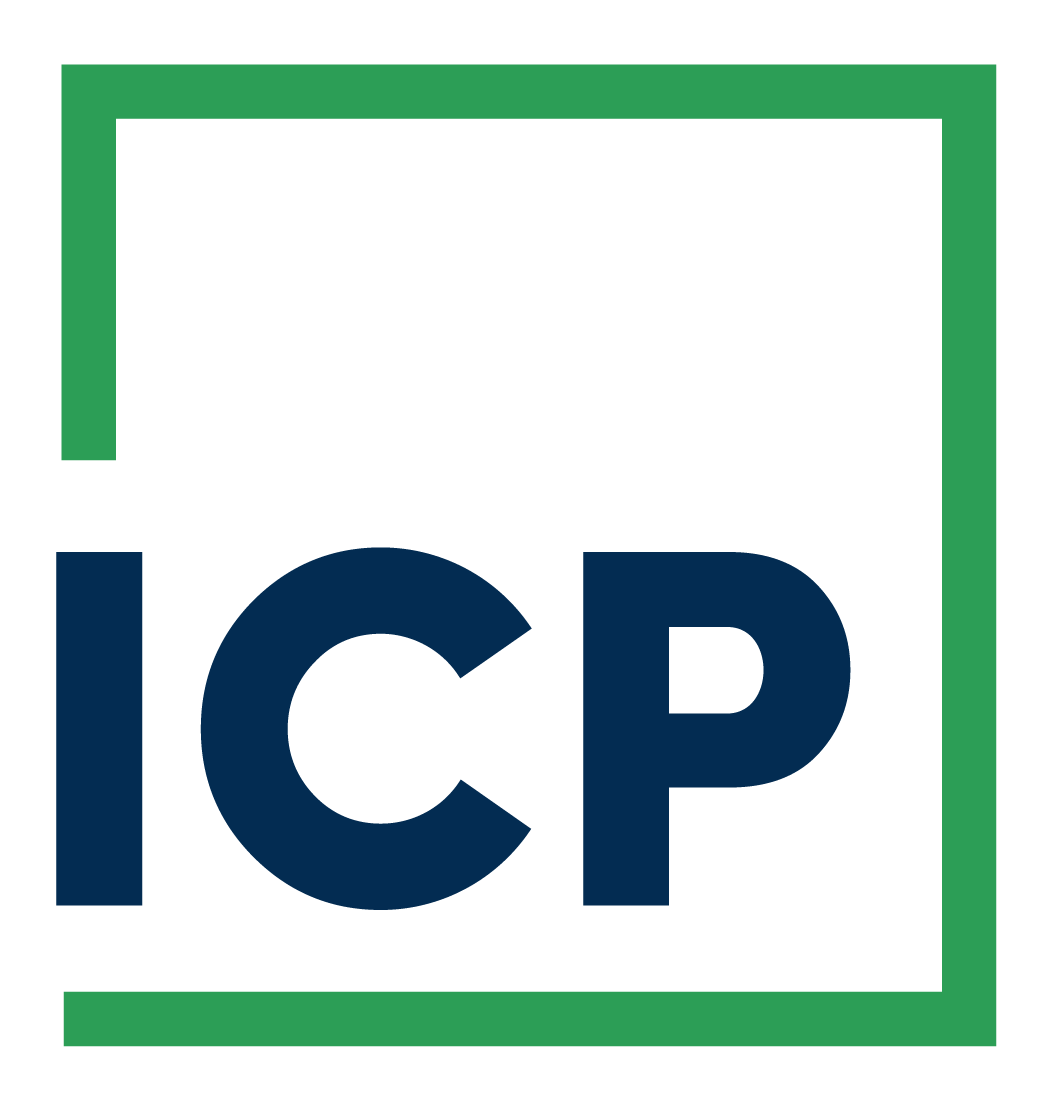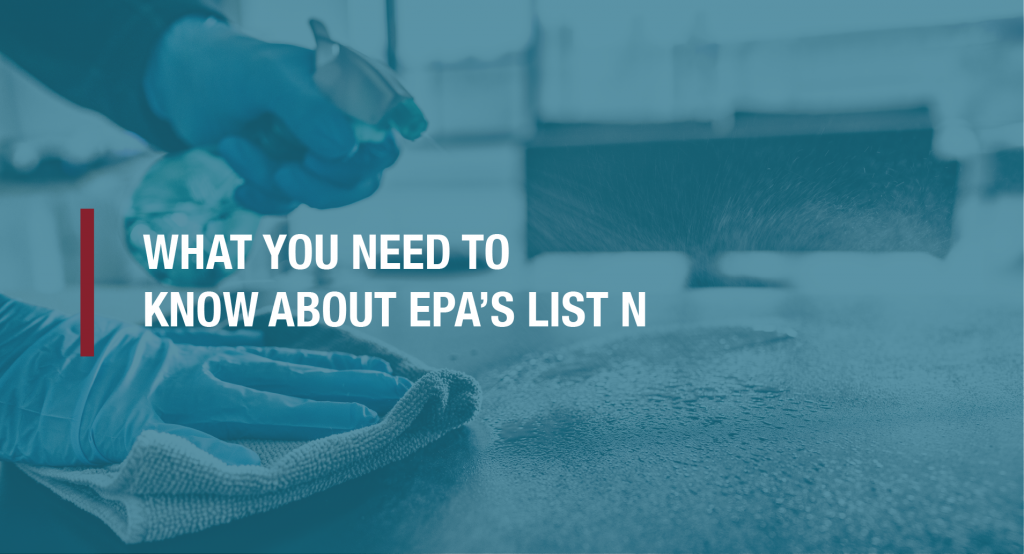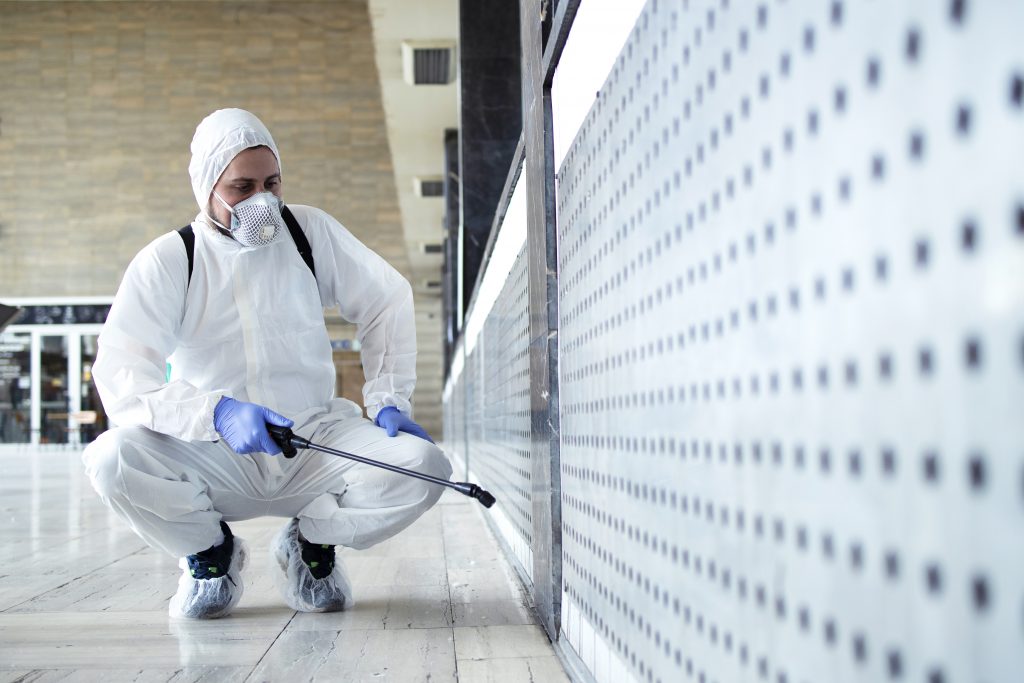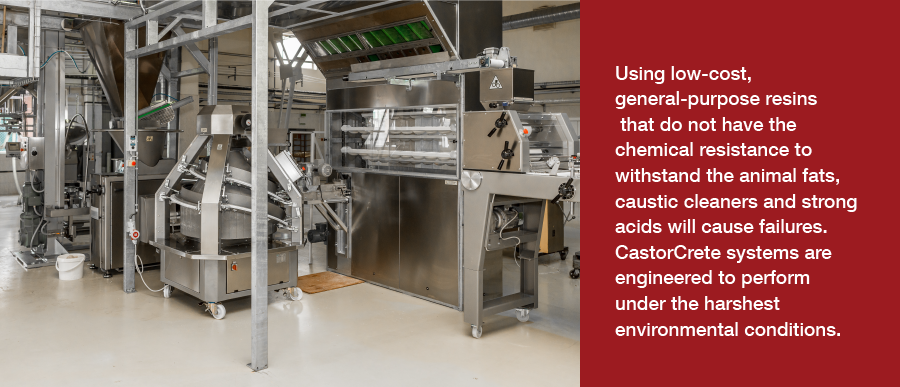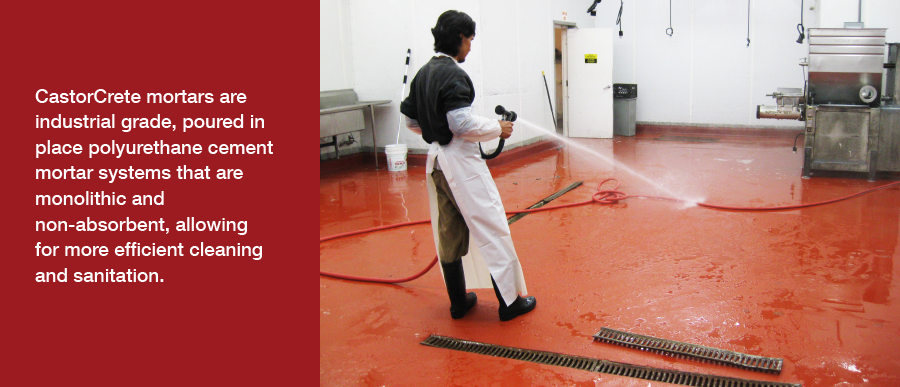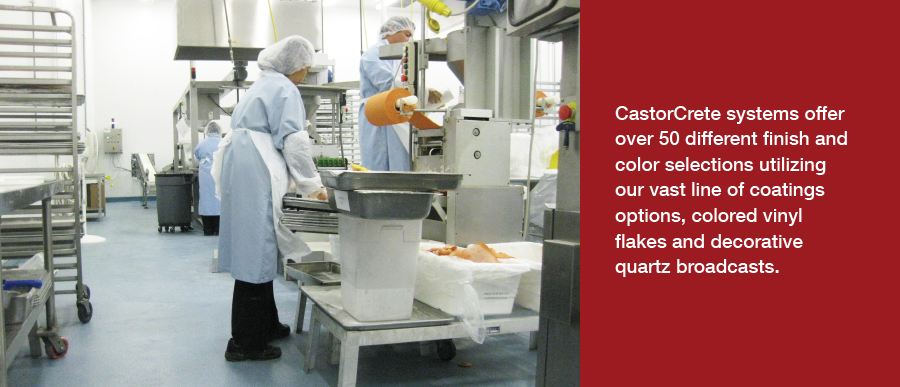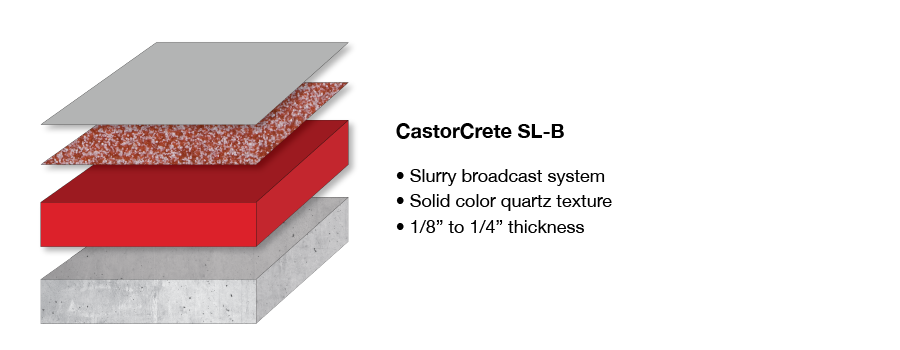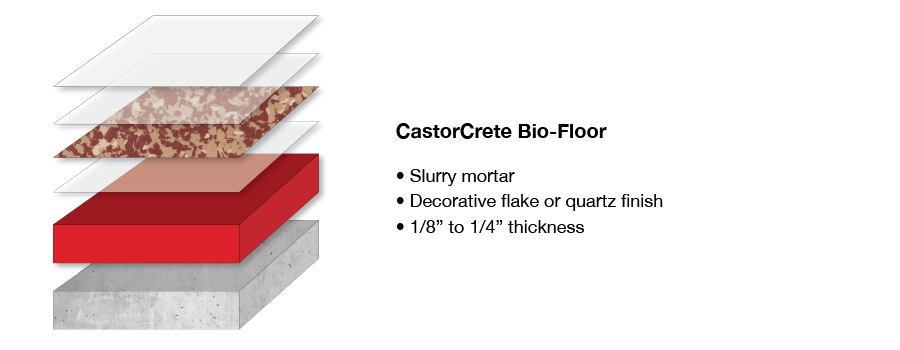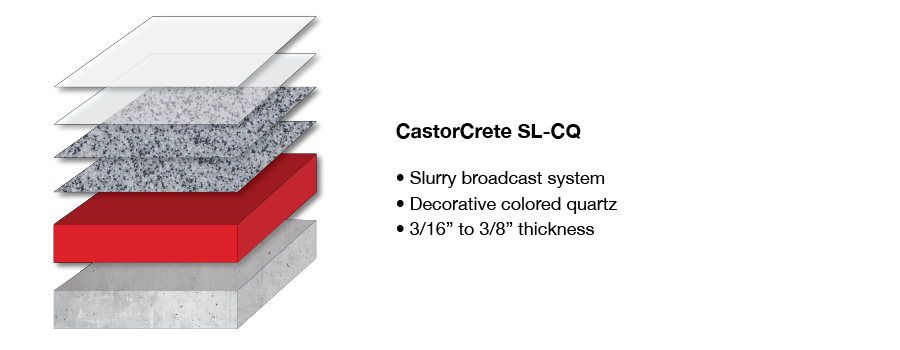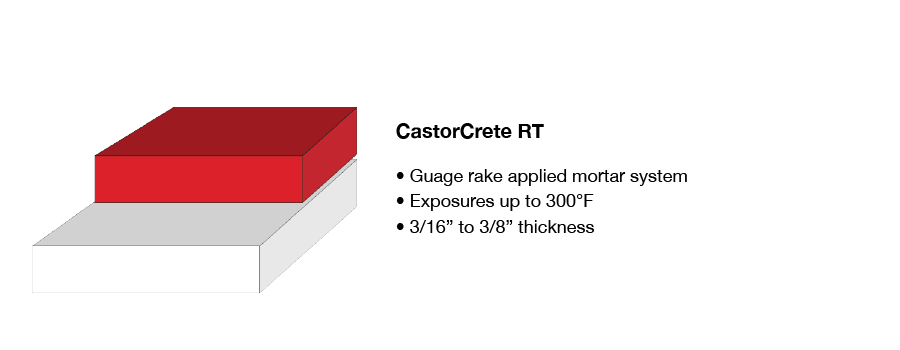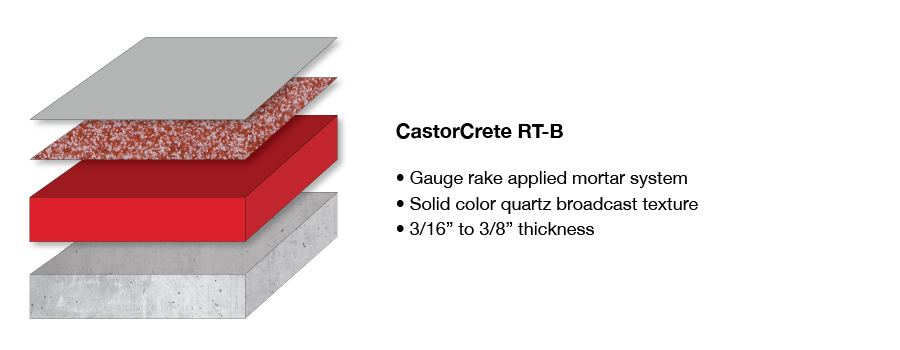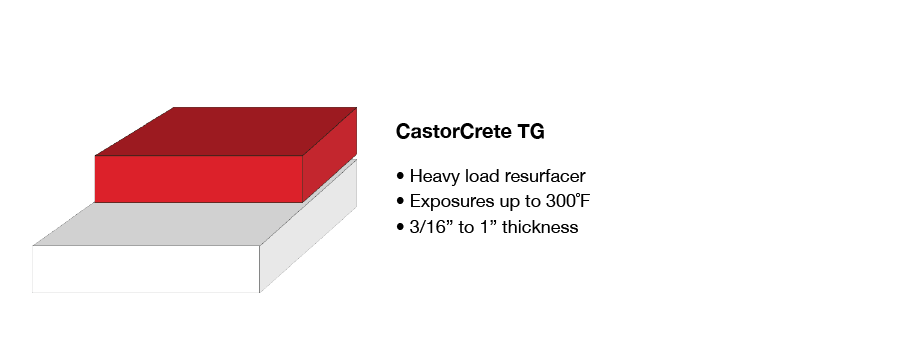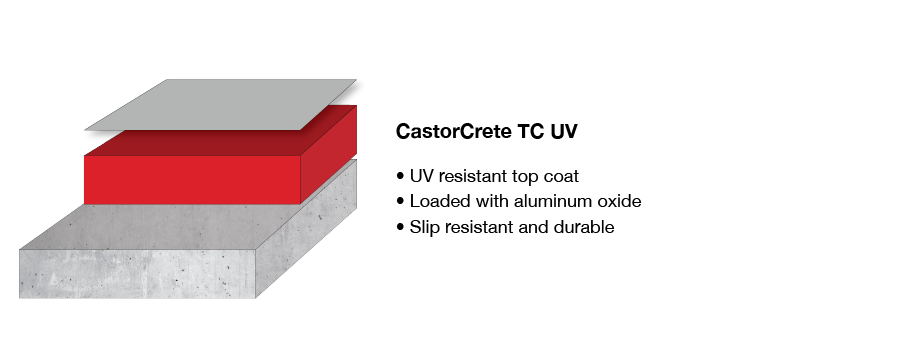EPA’s List N
What you need to know about EPA’s List N
By Cole Stanton
The U.S. Environmental Protection Agency produced and maintains a list of EPA-registered disinfectant products
To aid the public in selecting disinfectants, the U.S. Environmental Protection Agency (EPA) produced and maintains a list of EPA-registered disinfectant products that have qualified for use against SARS-CoV-2, the novel coronavirus that causes COVID-19. While no disinfectants have been tested against this particular strain of coronavirus because it is so new, the EPA’s List N was created to provide guidance in selecting effective disinfectants.
The list was developed through the agency’s Emerging Viral Pathogen program based on data that product manufacturers provided, even in advance of an outbreak that shows efficacy against harder to kill viruses than SARS-CoV-2 or a similar strain of human coronavirus.
Disinfection is key in the battle against this virus. Therefore, understanding which products will be effective is vital. When searching the EPA’s List N, utilize the product’s EPA registration number to locate it on the list. You can find the EPA registration number on the product’s label, data sheets and often, marketing materials.
Download Our Technical Bulletin
To aid the public in selecting disinfectants, the U.S. Environmental Protection Agency (EPA)
produced and maintains a list of EPA-registered disinfectant products that have qualified for
use against SARS-CoV-2, the novel coronavirus that causes COVID-19.
Download Our Technical Bulletin
About the Author
COLE STANTON
As of Spring 2020, Cole Stanton is Director of Education and AED Specification for the Building Solutions Group (BSG) of ICP (Innovative Chemical Products). In building out a more structured and robust training, knowledge, and specification capability, Cole continues to engage and serve all 24 brands and over 12,000 construction projects in the BSG portfolio. These product areas include building envelope, environmental restoration & remediation, waterproofing, aesthetic finishes, industrial performance coatings, paint removers, marine applications, cementitious technologies, and recreational/athletic surfaces. ICP is the 10th largest coatings company in North America.
For 22 years prior, Cole served in leadership, technical and field sales roles for ICP’s Fiberlock’s products for remediation of asbestos, lead paint, mold, disaster recovery, and smoke/fire restoration.

